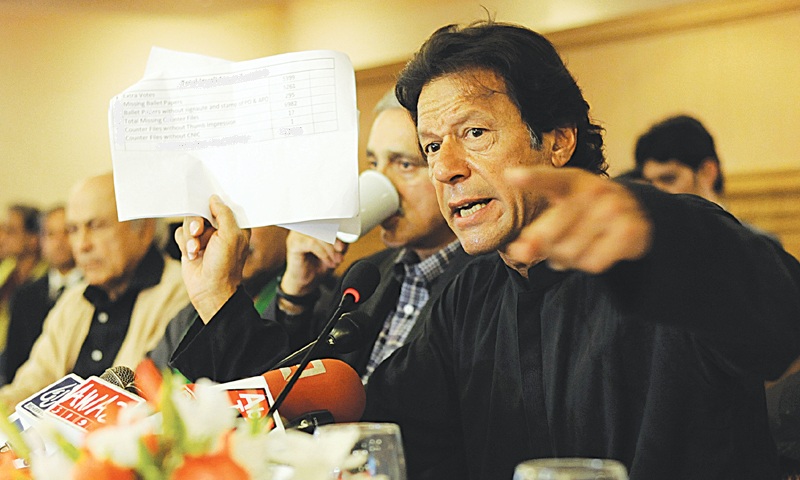Seven Pakistani universities have made it to the QS World University Rankings 2019, the index which ranks all of the top universities in the world using six simple metrics that effectively capture university performance. All the seven Pakistani universities mentioned in the QS index are based in either Lahore or Islamabad and sadly none of the Pakistani university made.it to the top 350.
Among 1,000 of the world’s top universities ranked in the QS index, Massachusetts Institute of Technology (MIT) is once again topping the list for a record of the seventh consecutive year. MIT is also one of five American universities to rank as top 10 in countries. The other four universities in the top 5 spots are Stanford University, Harvard University, California Institute of Technology (Caltech) and University of Oxford respectively.
See Also: QS Subject Rankings for 2019 are out: here’s how Pakistani universities fared
Meanwhile, the top spot acquired by any Pakistani university was by the Pakistan Institute of Engineering and Applied Sciences (PIEAS) which is based in Islamabad. Whereas, in 2017 two Pakistani universities, NUST and LUMS, made it to the top 100 in the list of QS World University Ranking for Asia.
Here’s the list of all seven universities that ranked in QS worldwide index this year:
- Pakistan Institute of Engineering and Applied Sciences (PIEAS) at 397th position
- National University of Sciences And Technology (NUST) Islamabad: (417)
- Quaid-i-Azam University: (551-560)
- Lahore University of Management Sciences (Lums): 701-750
- Comsats Institute of Information Technology: 751-800
- University of Engineering & Technology (UET) Lahore: 801-1000
- University of Punjab: 801-1000
It must be noted that QS Rankings is an annual publication of university rankings by Quacquarelli Symonds (QS). The index is maintained by evaluating universities according to their academic reputation, employer reputation, citations per faculty, faculty/student Ratio, international faculty ratio, and international student ratio.












